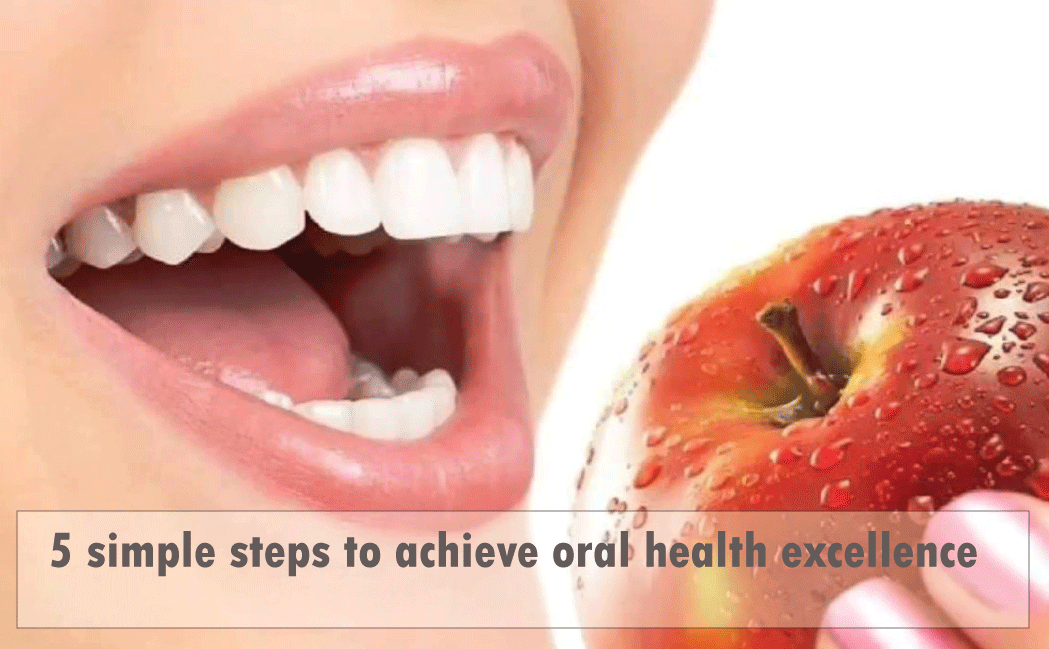More and more people are diagnosed to periodontal disease. It is estimated that more than 90% of adults have some form of gum disease. Early gum disease is characterized by inflammation of the gums surrounding teeth.
The early stage of the disease is easily controlled by good oral hygiene including frequent brushing, flossing and maintaining healthy mouth. Gum disease is a result of accumulation of sticking plaque. This plaque is soft and easily can be removed by daily brushing and flossing. If not cleaned right away, it may harden forming calculus (tartar). Calculus is often harder to remove by brushing alone.
Plaque and calculus containing harmful bacteria cause bleeding and swollen gums. If not treated on time, a risk of developing periodontitis.
Periodontitis is a serious concern as bone loss is involved. Bacterial infection can spread to the supporting bone tissues and may cause destruction resulting in potential permanent bone loss or possibly tooth loss.
Dental and medical literature have shown a link between gum disease and overall health, including increasing the risks of systemic conditions such as strokes, heart problems and diabetes.
5 simple steps for a healthier smile
- Brush your teeth at least twice a day
- Floss before bed time
- Keep your recall appointments with dentist
- Eat healthy diet
- Follow other prescribed instructions as needed
Brush your teeth at least twice a day
Brushing is very important to the oral health. It helps removing the plaque from the teeth and the gumline. It also stimulates the gums.
Caution should be exercised when brushing. Many researchers concluded that using hard toothbrush bristles can damage the enamel and may result in gum recession.
Floss before bed time
Flossing is also as important as brushing. Many people are wondering why they are asked to floss when they already spend a lot of time brushing. The answer is simple; many cavities form in between teeth and flossing help preventing interproximal decay. Flossing also help preventing food and plaque impaction in between the teeth resulting in healthier gums and fresher breath.
Keep your recall appointments with dentist
Many dental conditions can easily be prevented with a quick checkup with your dentist. According to Canadian Dental Association, it is recommended to see your dentist at least 2 times a year.
During your recare examination, soft tissues and hard tissues including teeth will be examined. Many potential condition can be prevented at early stage. For example, if softening of the enamel is noted at today’s visit, the dentist may advise better oral hygiene habit to that specific tooth. This could harden the enamel and reverse the decay. Alternatively, if a cavity forms, it can be treated when its still relatively small in size.
Eat healthy diet
The golden rule to healthy body is eating healthy. The same concept applies for your teeth. Lets take this example. John’s diet includes fibers, healthy fruits and vegetables, healthy starchy food and protein from raw sources. On the other hand, Mary’s diet is reprocessed food, frozen packaged food and unhealthy snacks.
Before we ask the question, let me briefly describe the decay process. Bacteria lives on and in between teeth. They like carbs (all forms). They digest the carbs and produce acids. The more carbs we eat, the more acid we get. The simpler carb we eat (white sugar), the easier it is for the bacteria to produce acids.
Back to the example above, most Mary’s processed food contains added sugar, this results in acid production and eventually softening of the enamel.
Follow other prescribed instructions as needed
Some instructions are common sense like limit your alcohol intake and quit smoking. For a person with multiple cavities, a special mouthwash may be prescribed. For a person with sever gum disease, more frequent cleaning may be needed.



